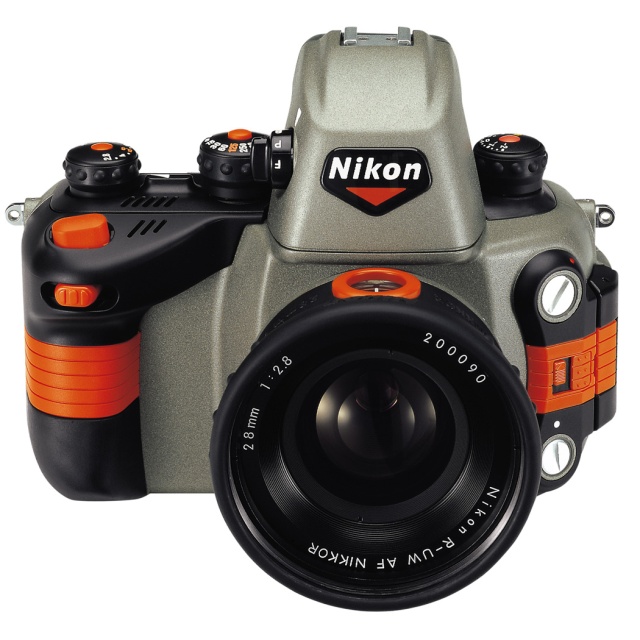Underwater Camera
Underwater photographers have two basic options for equipment:

The first is using an amphibious or waterproof camera such as the Nikonos, which is designed specifically for use underwater. Nikon discontinued the Nikonos series in 2001 and it is a 35mm film system, so it is somewhat obsolete, but some photographers still choose this approach.

More often, underwater imaging is achieved by putting a traditional film or digital camera into an watertight underwater housing. This allows many more options, since the user can choose a housing specific to their everyday "land" camera, as well as utilize any lens in their collection. In practice, underwater photographers only use either wide-angle lenses or macro lenses, both of which allow close focus, thereby eliminating the need to have excessive water between the camera and subject. Since digital imaging has largely taken over the market, most underwater photographers today choose to house their regular digital camera with this approach.
All underwater housings are outfitted with controls knobs that access the camera inside, giving the photographer use of most of its normal functions. These housings also have connectors to attach external flash units, since any flash on the camera itself will be blocked by the housing. Like the Nikonos, housings are made waterproof through a system of silicone o-rings at all the crucial joints.


There are optical issues with using cameras inside a watertight housing. Because of refraction, the image coming through the glass port will be distorted, in particular when using wide-angle lenses. The solution is to use a dome-shaped or fish-eye port, which corrects this distortion. Most manufacturers make these dome ports for their housings, often designing them to be used with specific lenses to maximize their effectiveness. The Nikonos series allowed the use of water contact optics: ie, lenses designed to be used whilst submerged, without the ability to focus correctly when used in air. There is also a problem with some digital cameras which do not have sufficiently wide lenses built into the camera. To solve this, there are housings made with supplementary optics in addition to the dome port, making the apparent angle of view wider.
With macro lenses, the distortion caused by refraction is not an issue, so normally a simple flat glass port is used. In fact, refraction increases the magnification of a macro lens, so this is considered a benefit to the photographer, who may be trying to capture very small subjects.


0 Comments:
Post a Comment
Subscribe to Post Comments [Atom]
<< Home